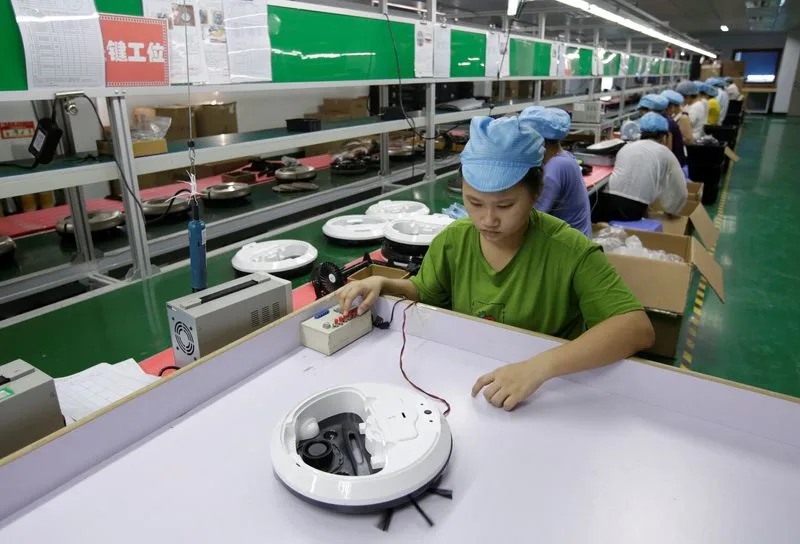According to an official factory survey released on Friday, China’s manufacturing activity unexpectedly declined in May. This has led to calls for additional stimulus measures as the ongoing property crisis continues to impact businesses, consumers, and investors. The official purchasing managers’ index (PMI) dropped to 49.5 in May, down from 50.4 in April, falling below the 50-mark that separates growth from contraction. This figure also missed the median forecast of 50.4 in a Reuters poll. Despite solid first-quarter GDP data, analysts are uncertain if the recent momentum can be sustained as authorities work to stabilize the struggling property sector. The International Monetary Fund (IMF) revised its China growth forecast on Wednesday, projecting a 5% growth rate for 2024 and 4.5% for 2025. However, the IMF also warned that the property sector remains a significant risk to growth.
The property sector in China has had a detrimental impact on various aspects of the economy, hindering Beijing’s efforts to transition towards a growth model focused on domestic consumption rather than debt-driven investment.
In the last month, retail sales experienced their slowest growth since December 2022. However, data on factory output, trade, and consumer prices for April indicated that the $18.6 trillion economy might finally be showing signs of improvement.
Despite the recent introduction of “historic” measures to stabilize the property market in China, analysts argue that these actions are insufficient for achieving a sustainable recovery.
The International Monetary Fund (IMF) has stated that there is a need for a more comprehensive policy package to effectively address the issues in the property sector.
